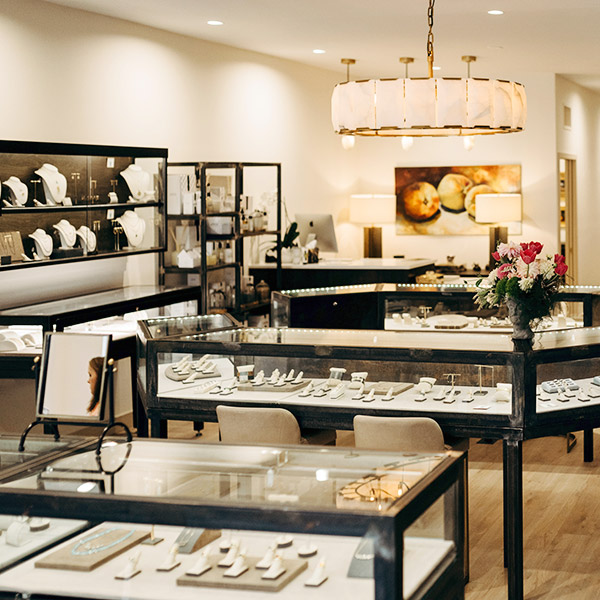
How effective is your branding? Is it engaging your customers? Are you well-positioned in the marketplace? These are questions that even the smallest luxury jewelry retailers should be asking themselves every five years or so.
“A brand is something that should drive value for your business,” says Ben Smithee, CEO of the Smithee Group, a digital growth agency in New York City. “Rarely is it a static, forever type of thing, even for the biggest and most well-known businesses.”
But how do you know when it’s time to hit “refresh”? The signs can come from anywhere: Your sales numbers are down, which could mean you’re not connecting with your target audience. Your store has changed ownership, and you want your branding to reflect a new vision. There is no clear, consistent aesthetic linking your website, packaging, and social channels. You can’t describe your brand in a couple of sentences, or in a way that doesn’t describe 20 other businesses in your area. When you communicate your brand, you share facts like your history and services rather than the emotional response you want to evoke.
A full store renovation or image overhaul isn’t always the answer. When you look critically at your in-store experience and your visual identity (your website’s homepage, logo, and typefaces), you’ll likely discover that refreshing just a few consumer touchpoints—a glow-up, if you will—can help you stay current and convey a cohesive brand story.
“Even if the updates are minimal, it brings new life to your brand,” Smithee says.
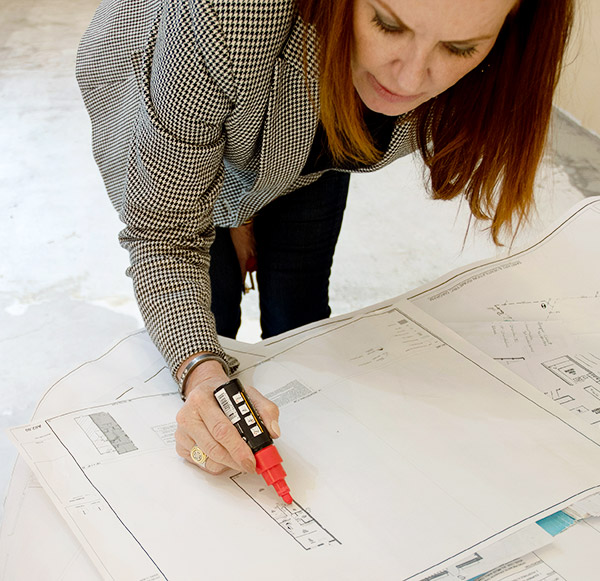
First things first: Before embarking on any rebranding effort, you must understand your audience and your goals, says Liz Kantner, a North Carolina–based marketing consultant specializing in the jewelry industry.
Start by identifying weaknesses and defining your priorities. Kantner says weekly meetings that focus specifically on your business’s marketing objectives will force you to “think about your brand and make sure you’re sharing your story effectively.”
Let’s unpack what actions you might take—and how your store stands to benefit.
Visual Identity
A variety of elements constitute your visual identity—how you are perceived by consumers—and you should prioritize quite a few of them in order to make the most of your branding glow-up.
What arrows will you need in your quiver? It’s often a strategic combination of a new logo, palette, website redesign, typography, and email templates. The cost varies widely—anywhere from $5,000 to $35,000—depending on whether you hire an agency to oversee the entire project or partner with individual creatives.
Having a compelling visual identity that’s consistent reinforces the idea that customers are buying a beautiful, high-quality product. “It also increases desire,” says Kate Baxter, a London-based jewelry brand consultant who runs GoldDust, an online series of master classes focused on brand development.
Pick a palette that will resonate with your current and/or target customer. “Always have your customer at the forefront of your mind when embarking on a redesign. What would they like?” says Baxter.
A customized font and logo can be a way to stand out from competitors. “You can even use it as a hallmark on your pieces or a watermark on your printed materials,” Baxter says.
Updated signage might be your most powerful tactic. It was for Caroline Nalle; she and her husband and co-owner, John Quillinan, recently acquired and renovated Mureta & Co., an antique and estate jewelry business in the Fillmore district of San Francisco.
“We’re definitely attracting younger clients who are intrigued by the space,” she says. “The old store didn’t have any branded signage, so there are so many people who are noticing our store for the first time, even those who have lived in the neighborhood for years and have probably walked by hundreds of times.”
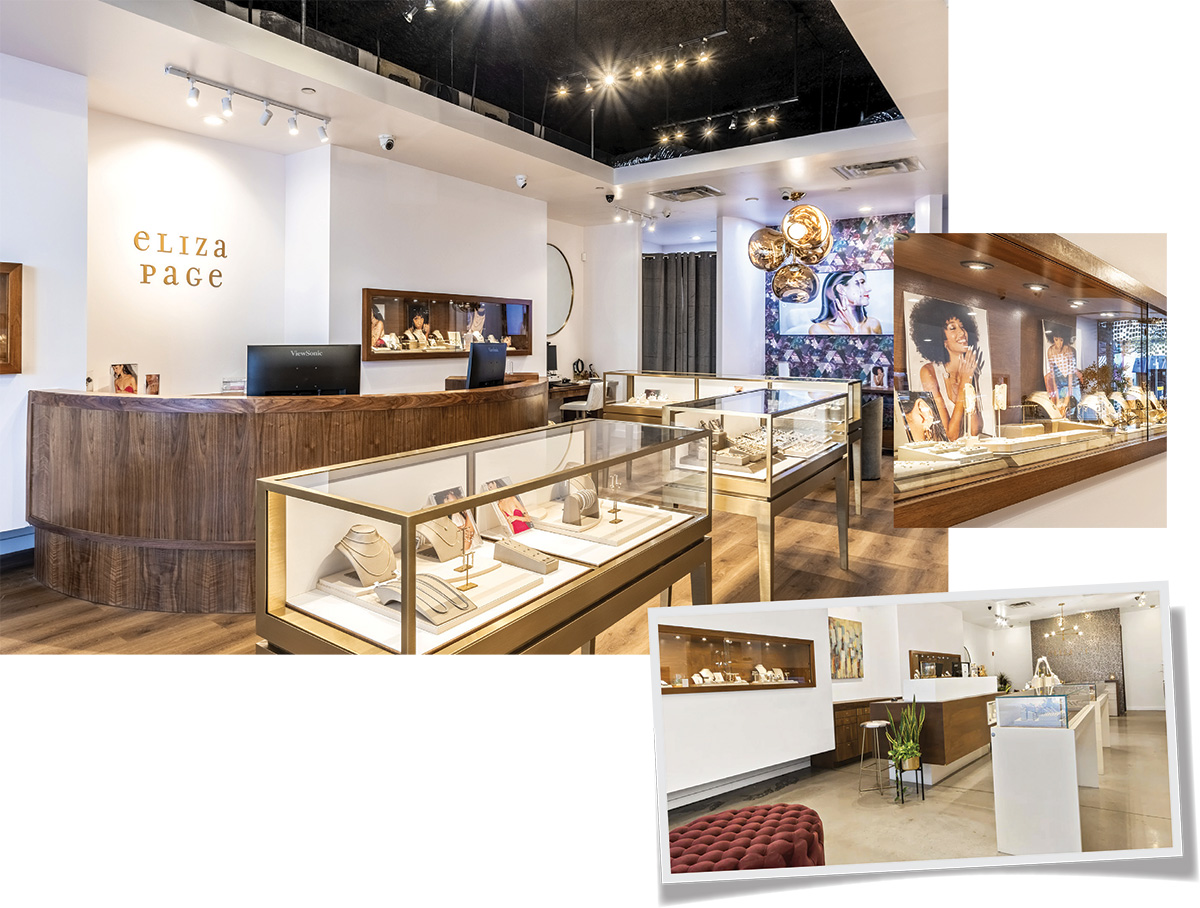
Interiors
A brand refresh or relaunch often goes hand in hand with a renovation or aesthetic rejiggering of your store’s interiors. This approach made sense for Austin, Texas–based retailer and designer Elizabeth Gibson of Eliza Page.
“We’re coming up on our 20th year in business, and we wanted the store to better reflect the way our brand and jewelry selection has evolved,” Gibson says. That translated to creating “a better working space for our team, with more upscale finishes, new floor cases, and new displays,” along with a dedicated ear-piercing room.
Similarly, in the case of Carter’s Jewelry in Petal, Miss., the store environment did not align with the company’s growth strategy. The solution was to expand the space to feature a new Diamond Suite to accommodate customers shopping for engagement rings and bands or working on custom design projects. That way, the store’s bridal and color/fashion assortments could exist as two separate—but complementary—shopping environments.
“The Diamond Suite is all-white, with a marble floor, high ceilings, bright white lighting, cool geode handmade art features, and a high-top ‘band bar’ for stacking rings,” says owner Chae Carter. “It’s a vibe when you’re in there. There are more hangout spots, and we’re popping champagne all day long—the space makes people want to celebrate.”
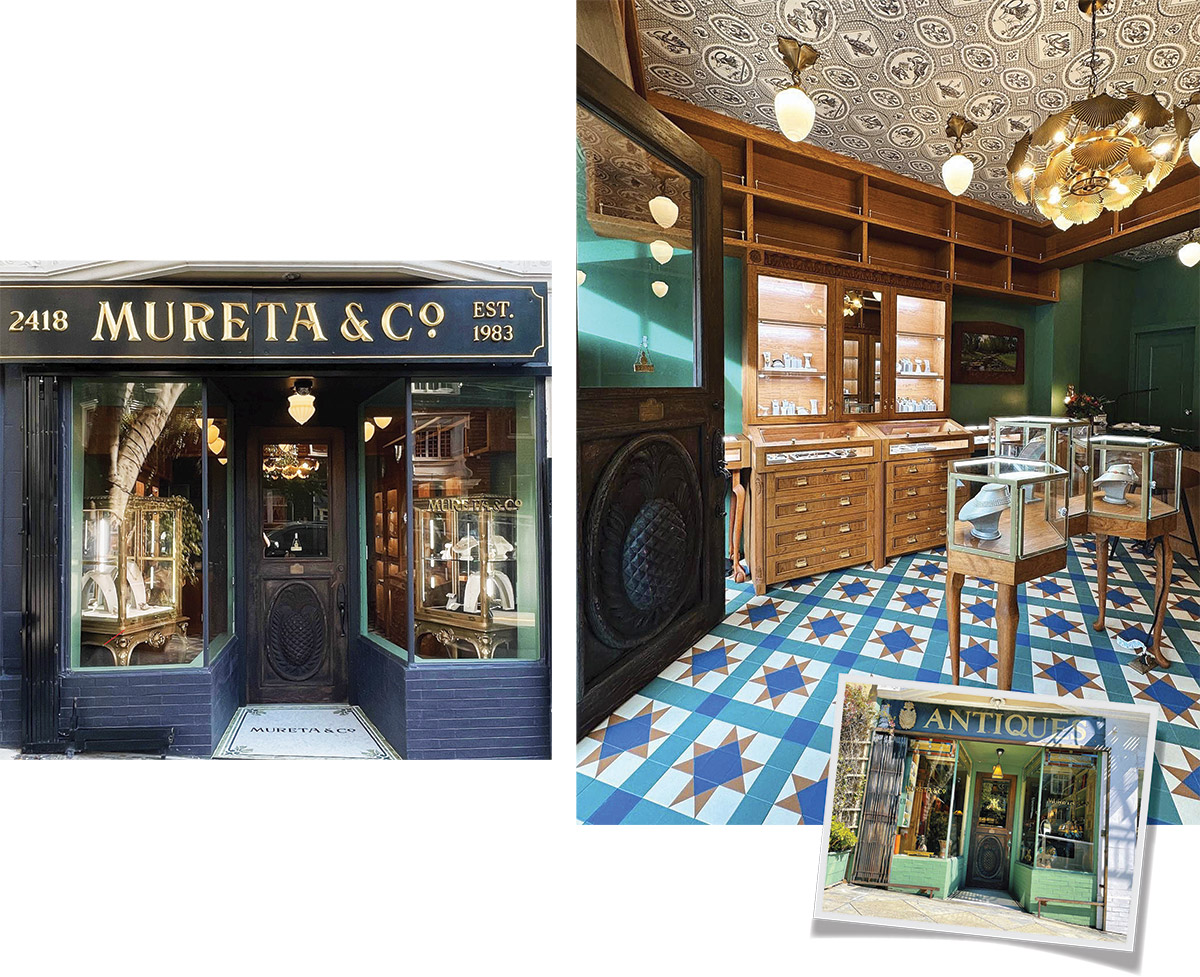
Messaging
Beyond the visuals, consider the voice you use when communicating with your audience. That means everything from product descriptions to printed and store collateral to website and social media copy.
These elements comprise “brand story and voice—the foundations on which everything else in a brand is built,” says Siobhan Maher, founder of Authology, a U.K. “storytelling studio” for jewelry brands. “Without these foundations, branding is superficial.”
For example, Element 79 Contemporary Jewelry, a retailer in Denver, underwent a rebrand in 2020, changing its name from Signet Jewelry Boutique, and has been working to maintain cohesive messaging ever since—especially after moving into a new space last year. “It’s an elegant place, but the biggest thing with our brand is that we want people to feel comfortable and welcome here,” says owner Carol Ferguson.
“We try to make the experience fun for our customer and use words like play, explore, no pressure, of course, my pleasure, just because,” says Ferguson’s business partner, Christine Mulcahy, who manages Element 79’s social media, email blasts, website, and print ads to ensure that the language they use is cohesive across all platforms. “I would say our voice is casual yet elegant, lighthearted, and fun.”
The store developed a social media campaign around the concept of “just because” for its recent anniversary sale (the copy read, “Just because you’ve loved us for 6 years”) and offered limited-time discounts. “We included a photo of everyone who works here,” Mulcahy says. “Having photos of people really helps convey the value we place on customer service.”
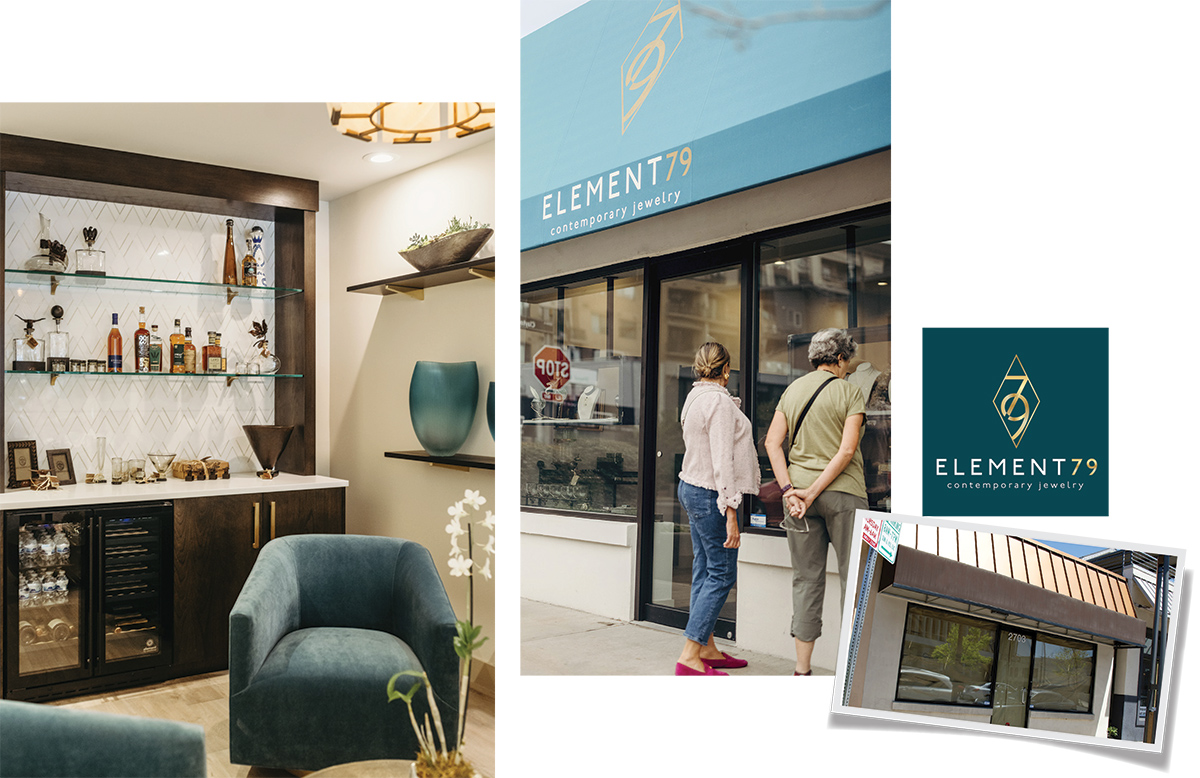
ROI, Revealed
Yes, a rebrand is a major financial investment and time commitment. You should allow three to six months for a glow-up or up to a year for a full rebranding initiative, from concept to completion—even longer if you’re thinking about a store renovation. Though the full effect of your efforts may not reveal itself right away, “it will pay off if your focus is moving your brand forward and in closer alignment with your ideal audience and goals,” Kantner says.
Since Mureta & Co.’s rebrand and renovation, Nalle reports that “the types of purchases that are being made have vastly improved, and our average sale has doubled.”
And never underestimate the benefits of a fresh start. Since relaunching her company and opening the Diamond Suite space, Carter says the whole rebranding exercise was “rejuvenating and invigorating.
“To reinvent your company, your brand, yourself, the way you do business—it’s exciting,” she says. “If you’re going to do it, embrace it. Be open-minded and let it take you somewhere different.”
Top: Element 79 post-renovation